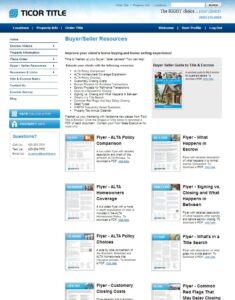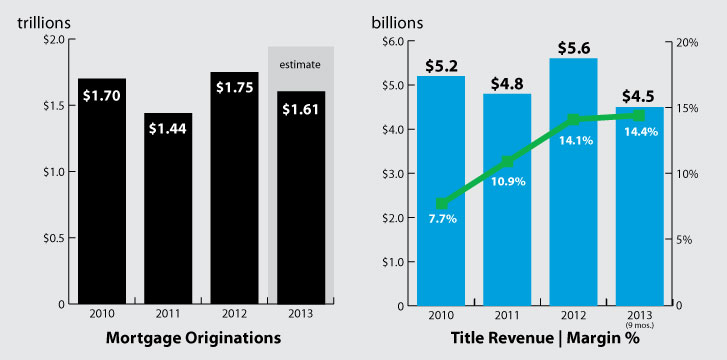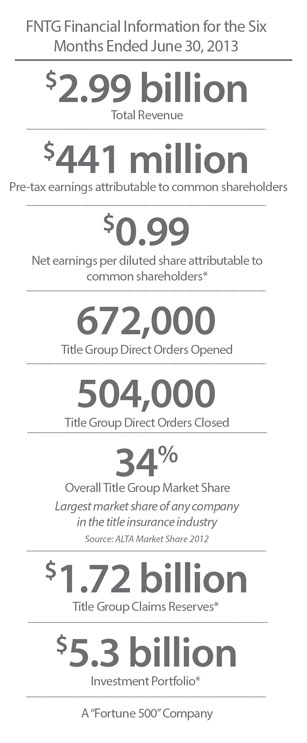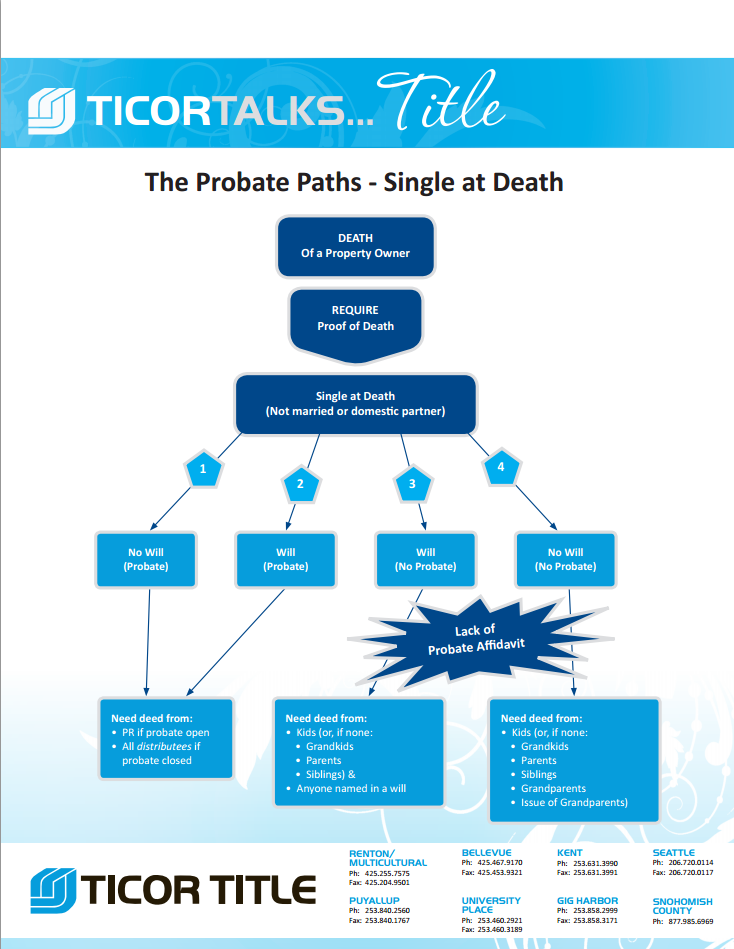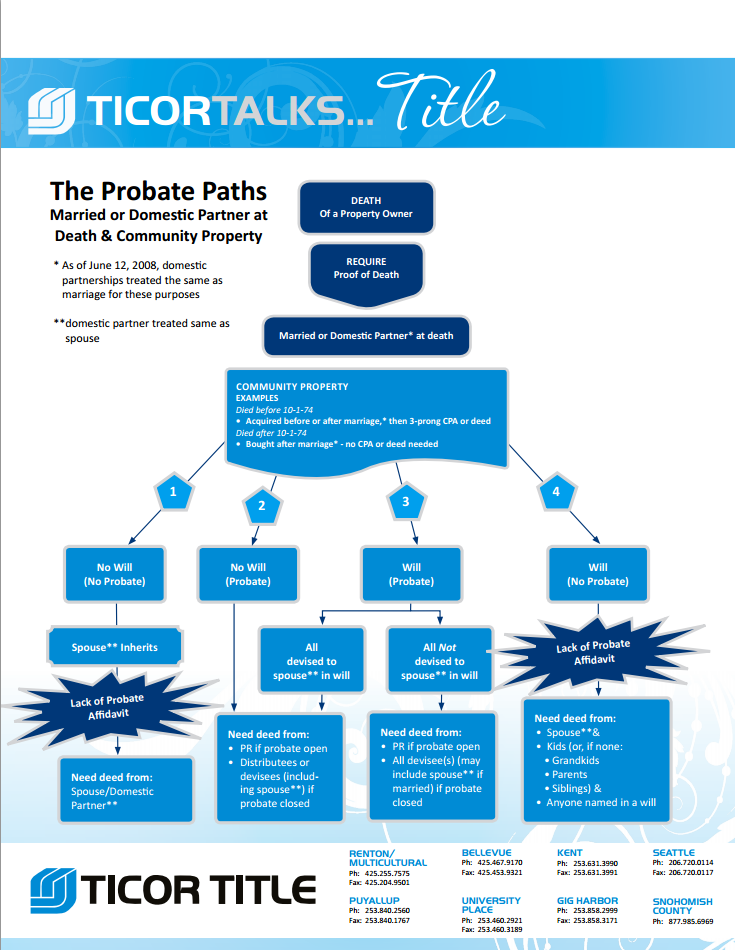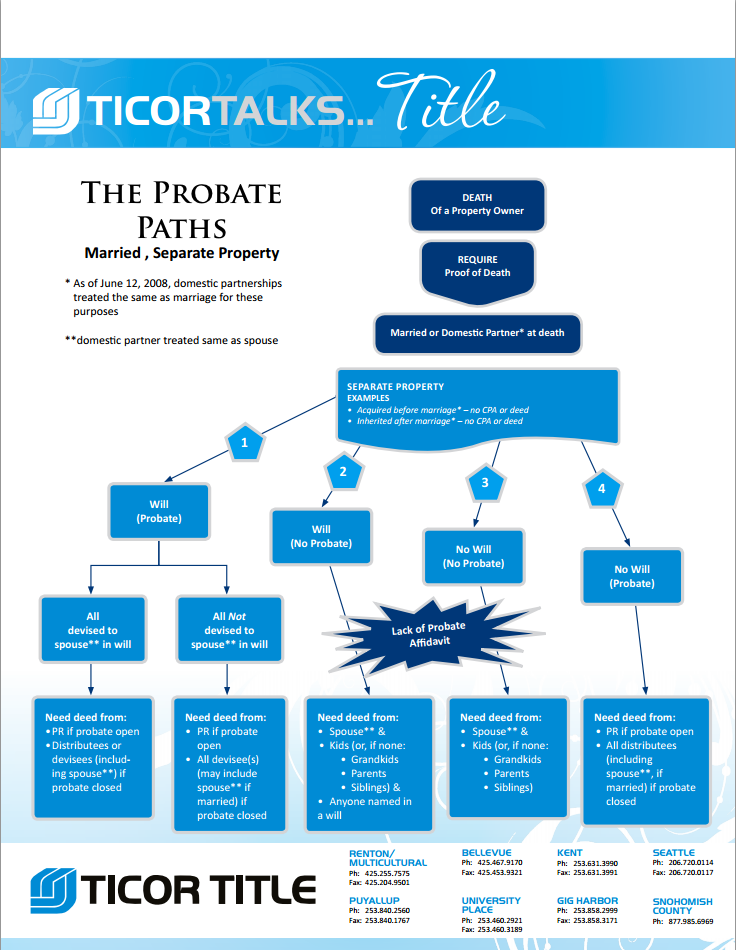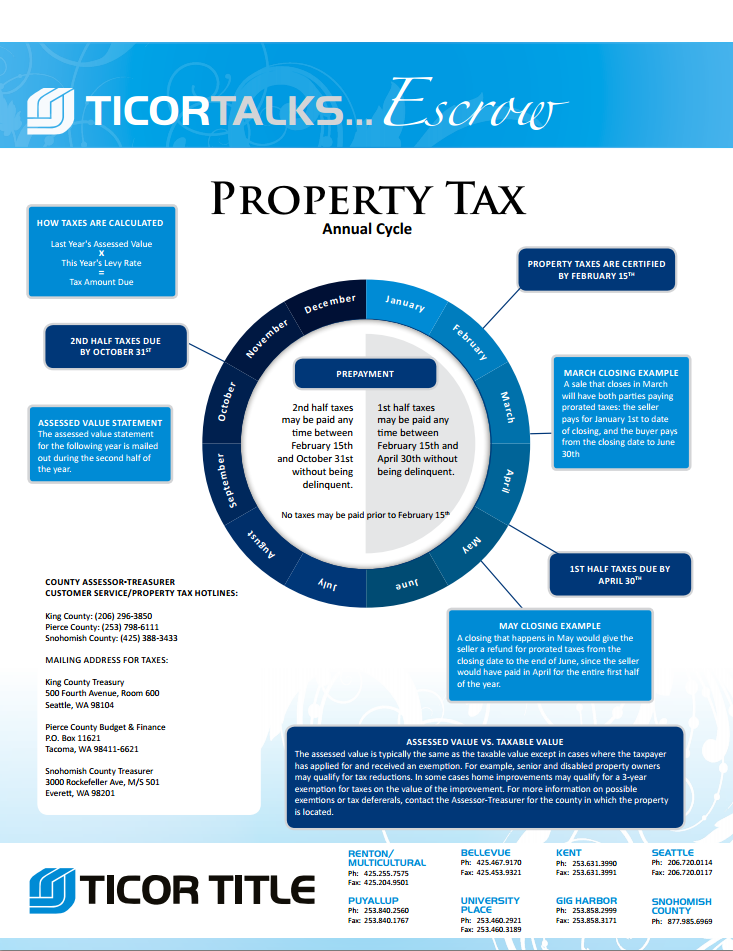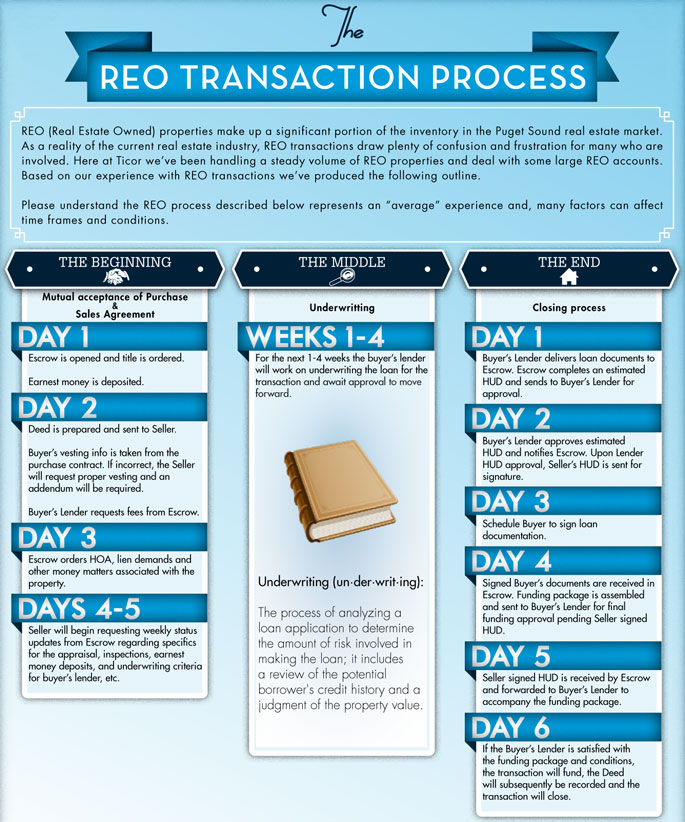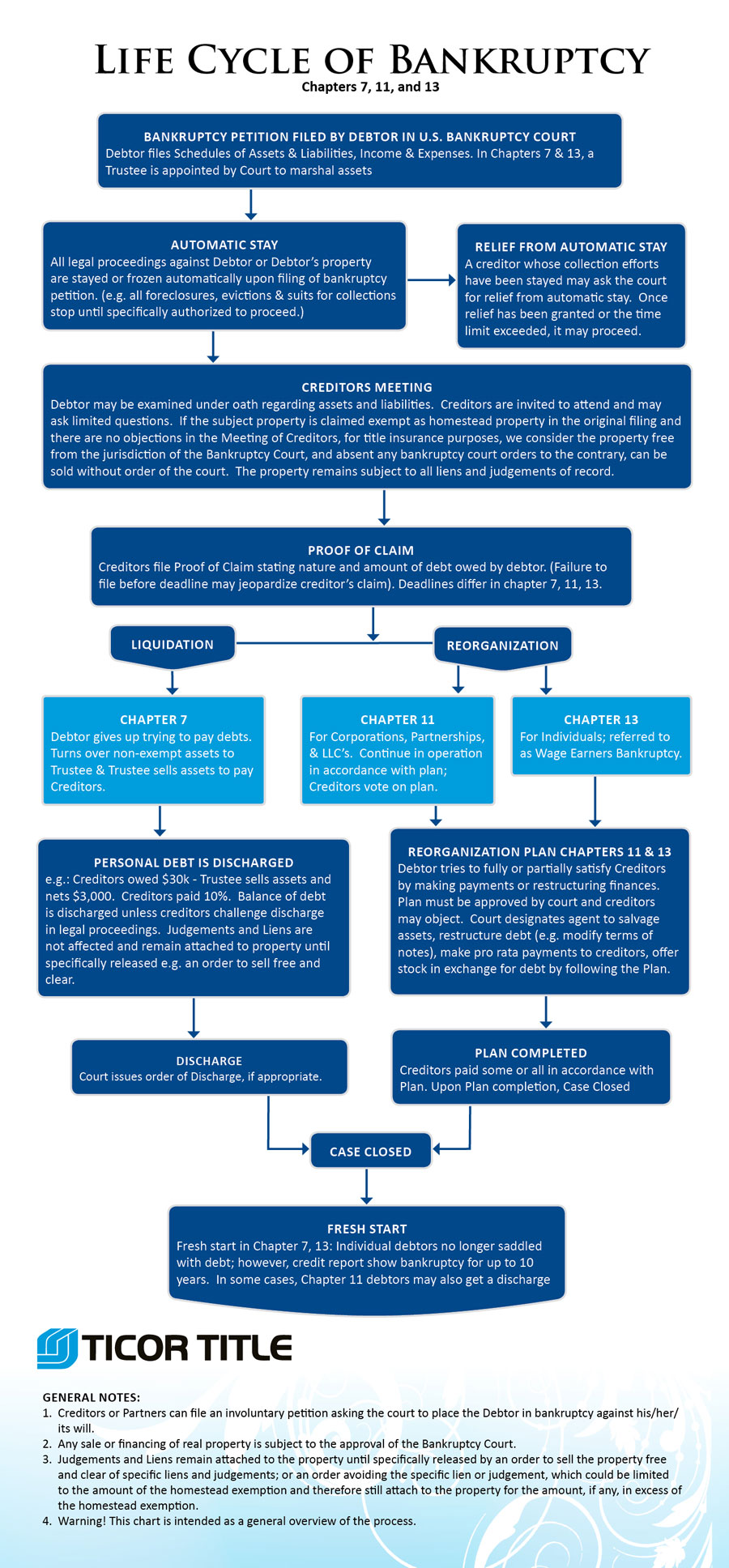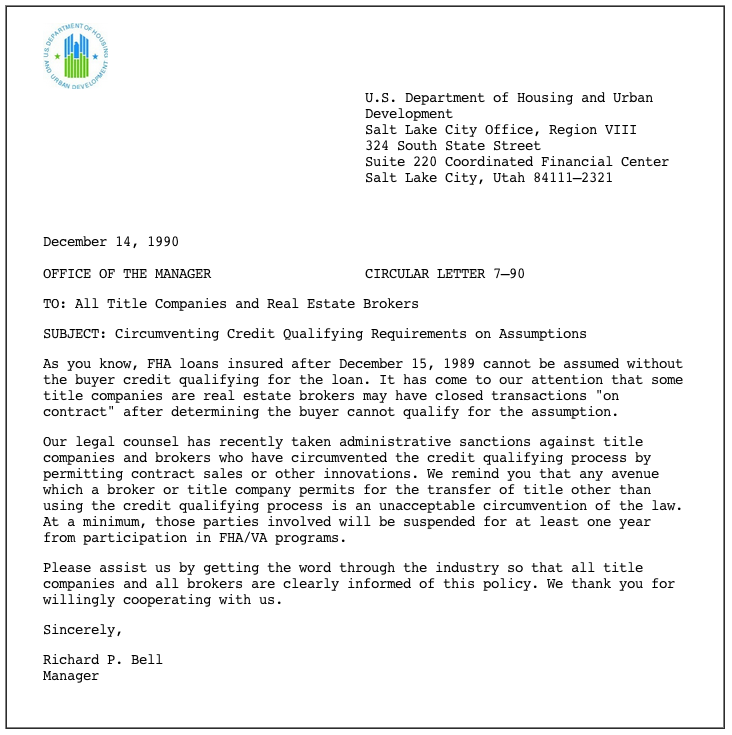What is a Deed?
 A deed is a legal instrument used to grant a right. The deed is best known as the method of transferring title to real estate from one person to another, often using a description of its “metes and bounds, by lot, block and subdivision, or by parcel/lot and short plat.” However, by the general definition, power of attorneys, commissions, patents and even diplomas conferring academic degrees are also deeds.
A deed is a legal instrument used to grant a right. The deed is best known as the method of transferring title to real estate from one person to another, often using a description of its “metes and bounds, by lot, block and subdivision, or by parcel/lot and short plat.” However, by the general definition, power of attorneys, commissions, patents and even diplomas conferring academic degrees are also deeds.
For an Instrument to be a Valid Deed:
- Deeds must be in writing. Under the Statute of Frauds, interests in real property must be conveyed by written deed.
- Deeds must evidence consideration. The consideration may be nominal, conveyed as a “gift”, for “love and affection”, or for “$1.00 and other good valuable consideration”.
- Deeds must contain a legal description, which identifies the real property being conveyed.
- Deeds must be signed by the grantor (old owner) and the title officer and escrow closer must confirm the grantor’s identity and authority.
- Deeds must be acknowledged “by the party [signing the deed]…before some person authorized by [the Real Property Conveyance Act]… to take acknowledgments of deeds”.
- Deeds must be delivered. Delivery occurs when the grantor parts with physical control over the deed with intent “that the deed should presently pass title.”
Deed Conditions
Conditions attached to the acceptance of a deed are known as conditions. In the transfer of real estate, a deed conveys ownership from the old owner (the grantor) to the new owner (the grantee), and can include various warranties. The precise name of these warranties differ by jurisdictions. However the basic difference between them is the degree to which the grantor warrants the title.
Types of Deeds
| Types of Deeds | ||||
|---|---|---|---|---|
| Download PDF | ||||
| Special Warranty Deed | This warranty may be limited only to claims which occur after the grantor obtained the real estate. | |||
| Warranty Deed | The grantor (grantor name) for and in consideration of (insert consideration) in hand paid, conveys and warrants to (grantee name) the following described real estate (insert description), situated in the county of , state of Washington. Dated this — — day of — —, 20___. | |||
| Bargain and Sale Deed | The grantor (grantor name), for and in consideration of (insert consideration) in hand paid, bargains, sells and conveys to (grantee name) the following described real estate (insert description) situated in the county of __ , state of Washington. Dated this — day of , 20___. | |||
| Quitclaim Deed | The grantor (grantor name) for and in consideration of (insert consideration) conveys and quitclaims to (grantee’s name) all interest in the following described real estate (legal description), situated in the county of , state of Washington. Dated this — — day of _, 20__. | |||
| Deed of Trust | Used as an equivalent to a mortgage. A trust deed isn’t like the other types of deeds; it’s not used to transfer property directly. It is commonly used in some states (Washington, for example) to transfer title to land to a “trustee,” usually a trust or title company, which holds the title as security (“ in escrow”) for a loan. | |||
| Grant Deed | Used for the transfer of property from one person to another person. Each party is required to sign it. Then the document must be notarized, or marked accordingly to show that it was signed before a Notary public. The reason the document must be notarized is that these transactions are frequently forged. | |||
| Sheriff’s Deed | A deed issued to the buyer of property (grantee) that was sold under court order to pay off a debt. | |||
| Tax Deed Sale | The forced sale, conducted by a governmental agency, of real estate for nonpayment of taxes. It is one of two methodologies used by governmental agencies to collect delinquent taxes owed on real estate, the other being the tax lien sale. Real estate taxes are considered delinquent if not paid within a specified period of time. If the taxes are not paid, after notice is given to the property owner (as well as others holding an interest in the property, such as a mortgage company), the property is sold at public auction to the highest bidder. | |||

 On Sunday, June 29, the community of Raft Island celebrated the opening of a new bridge that replaced the original 1958 bridge. Ticor Title would like to congratulate the Raft Island community for this major milestone. We are grateful to have provided title insurance for this project.
On Sunday, June 29, the community of Raft Island celebrated the opening of a new bridge that replaced the original 1958 bridge. Ticor Title would like to congratulate the Raft Island community for this major milestone. We are grateful to have provided title insurance for this project.
